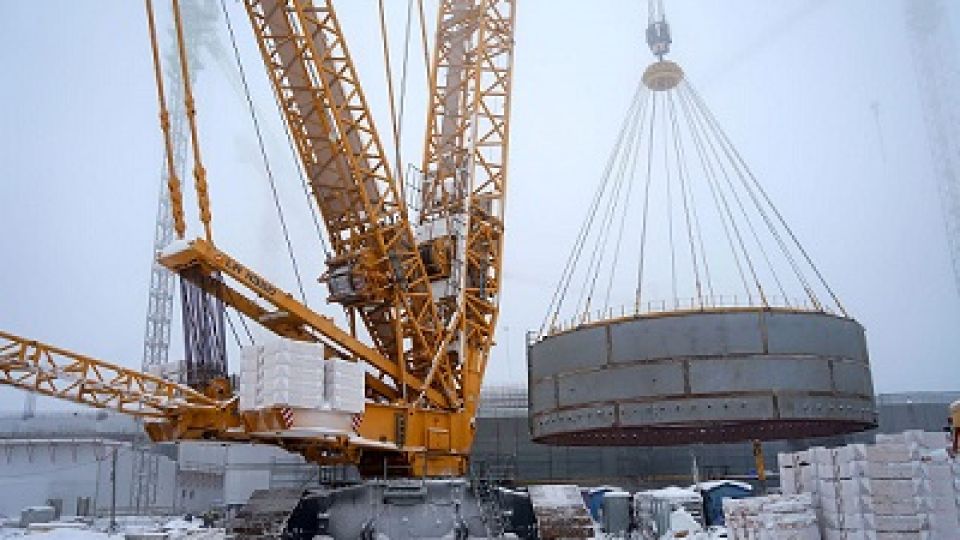from ARNOLD MULENGA in Lusaka, Zambia
Zambia Bureau
LUSAKA, (CAJ News) – ROSATOM has achieved a landmark milestone in construction of a power unit with the innovative fast neutron BREST-OD-300 reactor on the site of the pilot demonstration energy complex (PDEC) in Seversk, Tomsk region of West Siberia.
The steel reactor baseplate with a total weight of 165 tons has been installed.
The workers have also loaded into the reactor shaft the first part of the reactor vessel – the lower tier of the containment.
The containment structure is the outer part of the reactor vessel.
It provides retention of heat-insulating concrete, forming an additional localizing barrier of protection, which surrounds the boundary of the coolant circuit. On its surface, the temperature should not exceed 60 degrees Celsius, and the radiation background is actually equal to the natural background.
A 300 MW NPP powered by the lead-cooled BREST-OD-300 fast reactor, based on the principles of “natural safety”, is the key element of the pilot demonstration energy complex, which is under construction on the site of the Siberian Chemical Combine in Seversk, an enterprise of TVEL Fuel Company of Rosatom.
The PDEC facilities are developed under Rosatom’s strategic Proryv project.
In addition to the power unit, it also includes facilities of the on-site closed nuclear fuel cycle – a unit for the fabrication of uranium-plutonium nitride fuel, as well as a unit for reprocessing of irradiated fuel.
“We have started installation of the world’s first lead-cooled fast reactor, the fourth generation reactor BREST-OD-300,” said Vadim Lemekhov, Chief Designer of the BREST-OD-300 reactor unit and General Designer of the Breakthrough project team.
He explained unlike traditional light-water VVER thermal reactors, BREST has an integral layout. Its vessel is not an all-metal structure like the VVER, but a metal-concrete structure with metal cavities to accommodate the primary circuit equipment.
The space between the cavities should be gradually filled with concrete filler during construction.
“In addition, the BREST vessel is larger in size, it can be delivered only in parts, and the final assembly is possible only at the PDEC construction site,” Lemekhov commented.
– CAJ News

